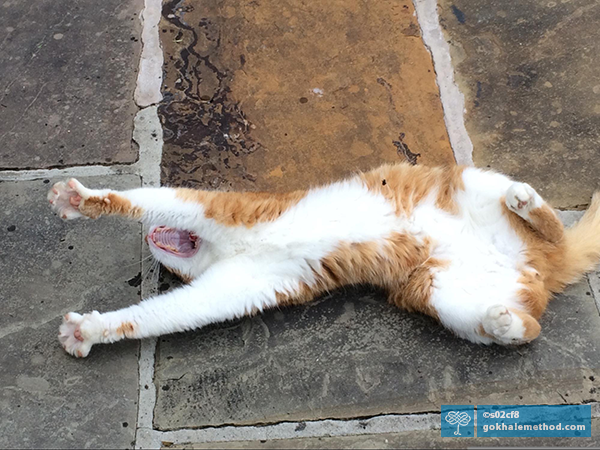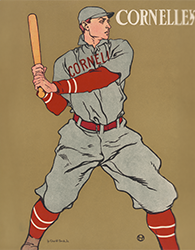A Brief History of Stretching—and Why Healthy Posture is Key
What Makes the Gokhale® Exercise Program Special
How Not To Do Yoga
How to Sit on the Floor, Part 3: Sitting with Legs Outstretched
This is the third post in our multi-part series on floor-sitting. Read Part 1 on floor sitting and Part 2 on squatting!
It’s very common for women in Africa to sit with their legs outstretched. I’ve seen rows of women use this position to spin yarn, engage in idle chatter, sort items, and more. I’ve seen babies massaged by women using this position both in Burkina Faso and in the U.S. by a visiting Indian masseuse who does traditional baby massage in Surat, India. In Samiland I saw this position used to bake bread in a lavoo (a Sami structure very similar to a teepee).
The Sami, who I visited in July 2015 (see my post Sleeping on Birch Branches in Samiland), bake with outstretched legs in
How to Sit on the Floor, Part 2: Squatting
This is the second post in our multi-part series on floor sitting. For Part 1 on floor sitting, click here.
Why squat? Squatting isn’t something we do much in industrialized societies beyond childhood, but if you can do it healthfully, it is an eminently practical posture for resting the body while keeping the backside elevated off the ground and the clothing clean, as this woman from Orissa demonstrates.
This woman from Orissa demonstrates a healthy, full squat with foot arches intact and a long, straight spine.
It is also the posture used for toilet activities in places with floor toilets, a trend which has recently made its way to the industrialized realm in the form of popular footstools
How to Bend and How Not to Bend
Round-backed bending is ubiquitous in modern urban culture. It damages the back. Recognizing this, many health advocates recommend bending at the knees. Done to excess or with poor form, this damages the hips, knees, ankles, and feet.
Surprisingly, poor bending form abounds even in fitness and wellness classes.
An insistence on touching the toes can be counterproductive and result in damage
People sometimes equate being able to touch the toes with flexibility. An imprecise and insistent pursuit of this kind of “flexibility” causes disc damage, hyper-extended spinal ligaments, and a lot of pain. Let’s examine do’s and don’t’s in bending more closely.
DO
Come close in to your tasks and don’t bendIs Your Stretching Regimen Helping or Harming You?
Stretching is a common prescription to help with back pain. At https://www.healthoutcome.org, the world’s first crowdsourcing platform to rate medical interventions, stretching is the 6th most commonly used intervention, after physical therapy, NSAIDs, heat, rest, and cortisone injections. On a scale from 0-5, stretching (rated 2.6) is the 5th most highly rated intervention after Postural Modification (3.8), Yoga (3.1), Supplements (2.9), Weight Loss (2.8), and Meditation (2.7).
Back pain caused by tight muscles is common
The Gokhale Method considers stretching to be one of many essential pieces in solving most people’s back problems. Even though stretching alone cannot give an equivalent



